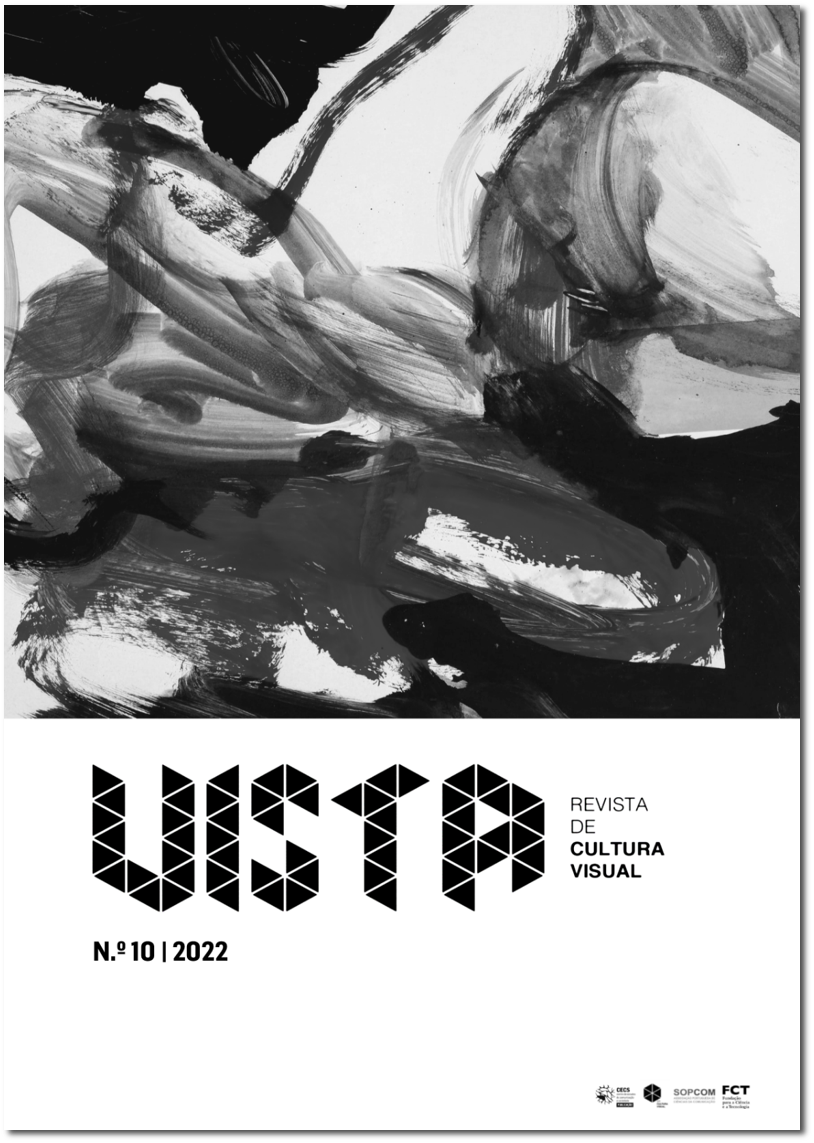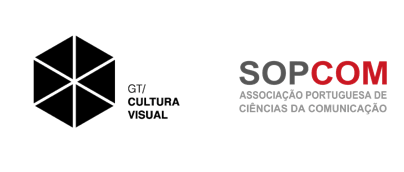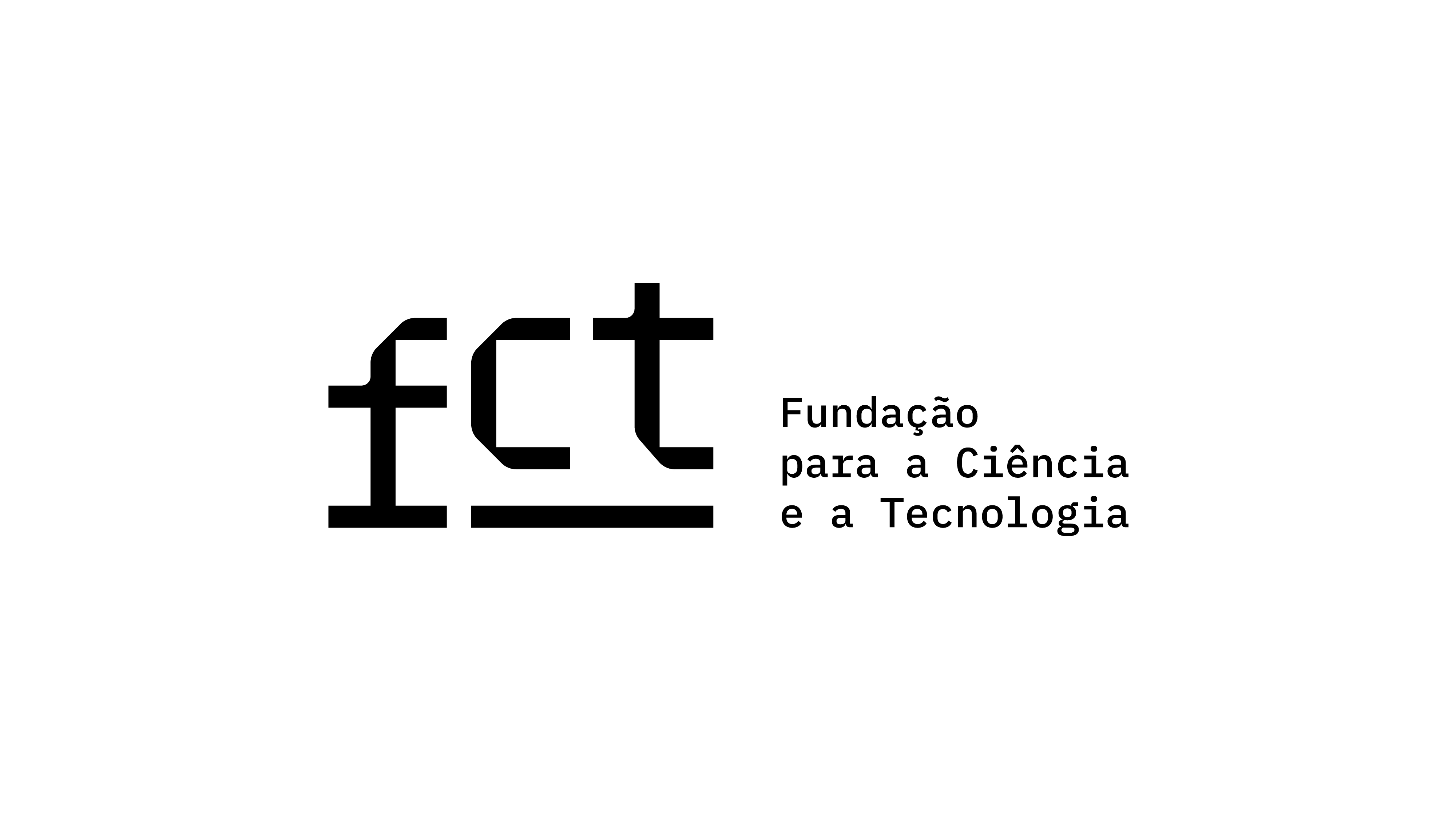Video as Technology and Artistic Expression Medium
DOI:
https://doi.org/10.21814/vista.4057Keywords:
vídeo, television, video art, contemporary artAbstract
This paper seeks to reflect on the emergence of video technology and its use as a medium for artistic expression. Focusing mainly on the period between the 1960s and 1990s, we analyse the relationship between television and other institutions within the cultural-artistic sphere and their role in developing artistic practices through video. Thus, we have established international and Portuguese examples for a plural and diverse analysis. Therefore, this work elaborates on some theories, main ideas and research concerning the role of video and television in late 20th-century society. Special attention is given to some ideological and philosophical traits transversal to the different artistic practices, authors and agents within the contemporary cultural sphere to reflect on some aesthetic elements of the works from this period. Based on a selection of works and artists, this study seeks to explore the social dimension of video, which has often operated as a democratic medium, an instrument of social and political contestation and a medium for the artist's personal reflection. In this way, an approach to the presence and representation of the body in video works and other technical and aesthetic elements is articulated to understand the theoretical dimensions involved in the imagery production of this medium.
Downloads
References
António, J. (2014). Melo e Castro: Poesia, experimentalismos e tecnologia. In R. Torres (Ed.), Poesia experimental portuguesa: Contextos, ensaios, entrevistas, metolodogias (pp. 157-162). Universidade Fernando Pessoa.
Bensinger, C. (1981). The video guide. Video-info Publications.
Caio, H. (Coord.). (1982, 7 de março). Televisão 25 Anos – V episódio [Episódio de programa de televisão]. In Televisão 25 anos. RTP. https://arquivos.rtp.pt/conteudos/televisao-25-anos-v-episodio/
Chiu, M., & Yun, M. (2014). Nam June Paik - Becoming robot. Asia Society Museum; Yale University Press
Chymefti Bozini. (2012, 4 de novembro). Joan Jonas - Leftside rightside [Vídeo]. YouTube. https://www.youtube.com/watch?v=9UaRe6q7M4k&ab_channel=ChymeftiBozini
Cunha, P. (2015). O novo cinema português — Políticas públicas e modos de produção (1949-1980) [Tese de doutoramento, Universidade de Coimbra]. Estudo Geral. http://hdl.handle.net/10316/27043
Dias, S. (2016). O corpo como texto: Poesia, performance e experimentalismo nos anos 80 em Portugal [Tese de doutoramento, Universidade de Coimbra]. Estudo Geral. http://hdl.handle.net/10316/29608
Electronic Arts Intermix. (s.d.). Gerry schum: TV Gallery. https://www.eai.org/public-programs/214
Esquizofrenia das Artes. (2021, 5 de abril). Helena Almeida - Ouve-me | 2006 [Vídeo]. YouTube. https://www.youtube.com/watch?v=XrDXHZa-LaE&ab_channel=EsquizofreniadasArtes
Everything has its first time. (2017, 18 de outubro). Martha Rosler - Semiotics of the Kitchen 1975 [Vídeo]. YouTube. https://www.youtube.com/watch?v=ZuZympOIGC0&t=1s&ab
Ferrão, R. (Apresentador). (1974, 13 de setembro). Sabe onde fazemos televisão?… I [Episódio de programa de televisão]. In Sabe onde fazemos televisão?... RTP. https://arquivos.rtp.pt/conteudos/sabe-onde-fazemos-televisao-i/
Gigliotti, D. (2003). A brief history of RainDance. Radical Software. https://www.radicalsoftware.org/e/history.html
Hatherly, A., & Melo e Castro, E. M. de. (1981). PO.EX: Textos teóricos e documentos da poesia experimental portuguesa. Moraes Editores. https://po-ex.net/taxonomia/transtextualidades/metatextualidades-alografas/ana-hatherly-obrigatorio-nao-ver-resumo/#pll_switcher
Huffman K. (1990). Video art: What’s tv got to do with it? In D. Hall & S. Fifer (Eds.), lluminating video: An essential guide to video art (pp. 81–100). Aperture e Bay Area Video Coalition.
Krauss, R. (1976). Video: The aesthetics of narcissism. MIT press. DOI: https://doi.org/10.2307/778507
London, B. (1979). Video from Tokyo to Fukui and Kyoto. Museum of Modern Art.
McLuhan, M. (2006). The medium is the massage: An inventory of effects. Ginko Press.
Meigh-Andrews, C. (2014). A history of video art. Bloomsbury.
Melo e Castro, E. M. de. (1968). Roda Lume [Vídeo]. https://po-ex.net/taxonomia/materialidades/videograficas/e-m-de-melo-castro-roda-lume/
Nmungwun, A. (1989). Video recording technology: Its impact on media and home entertainmen. Routledge; Taylor&Francis.
Pretesin-Bachelez, N., & Zapperi, G. (Eds.). (2019). Defiant muses - Delphine seyrig and the feminist video collectives in France in the 1970s and 1980s. Museu Nacional Centro de Arte Reina Sofia.
Rádio Televisão Portuguesa. (1969, 11 de janeiro). 50 anos da morte de Amadeo de Souza Cardoso [Vídeo]. https://arquivos.rtp.pt/conteudos/50-anos-da-morte-de-amadeo-de-souza-cardoso-2/
Rádio Televisão Portuguesa. (1973, 8 de junho). Meios técnicos da RTP [Vídeo]. https://arquivos.rtp.pt/conteudos/meios-tecnicos-da-rtp/
Rancière, J. (2014). O espectador emancipado. ed. WMF Martins Fontes.
Roussopoulos, C., & Seyrig, D. (1976). S.C.U.M. manifesto 1967 [Video]. https://base.centre-simone-de-beauvoir.com/DIAZ-S.C.U.M.-Manifesto-1967-510-150-0-1.html?ref=f8a58d41f6a9c1596e2df4d93a56c448
Rush, M. (2007). Video art. Thames & Hudson.
starflyer2012. (2010, 1 de setembro). Nam June Paik - Global Groove, 1973 [Vídeo]. YouTube. https://www.youtube.com/watch?v=7UXwhIQsYXY&t=10s&ab_channel=starflyer2012
Sturken, M. (1990). Paradox in the evolution of an art form: Great expectations and the making of a history. In D. Hall & S. Fifer. (Eds.), lluminating video: An essential guide to video art (pp. 101). Aperture e Bay Area Video Coalition.
Sturken, M. (1999). Olhando para trás. Arte do vídeo nos anos sessenta e setenta. In CIRCA 1968. Fundação Serralves.
The Museum of Modern Art. (2020, 2 de julho). Introducing virtual views: Video lives [Vídeo]. YouTube. https://www.youtube.com/watch?v=6qAx28A9q1E&t=67s
Youngblood, G. (1970). Expanded cinema. P. Dutton & Co.
Downloads
Published
How to Cite
Issue
Section
License
Copyright (c) 2022 Mauro Gonçalves

This work is licensed under a Creative Commons Attribution 4.0 International License.
Authors own the copyright, providing the journal with the right of first publication. The work is licensed under a Creative Commons Attribution 4.0 International License.













